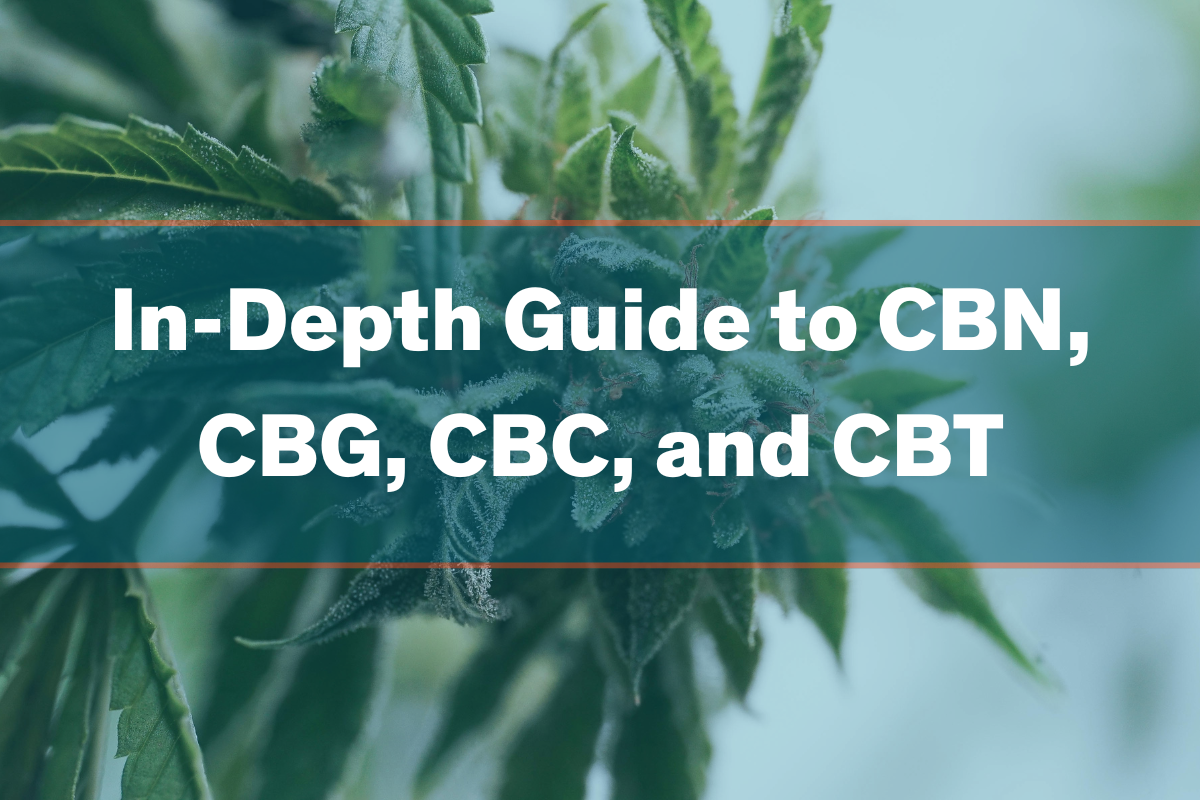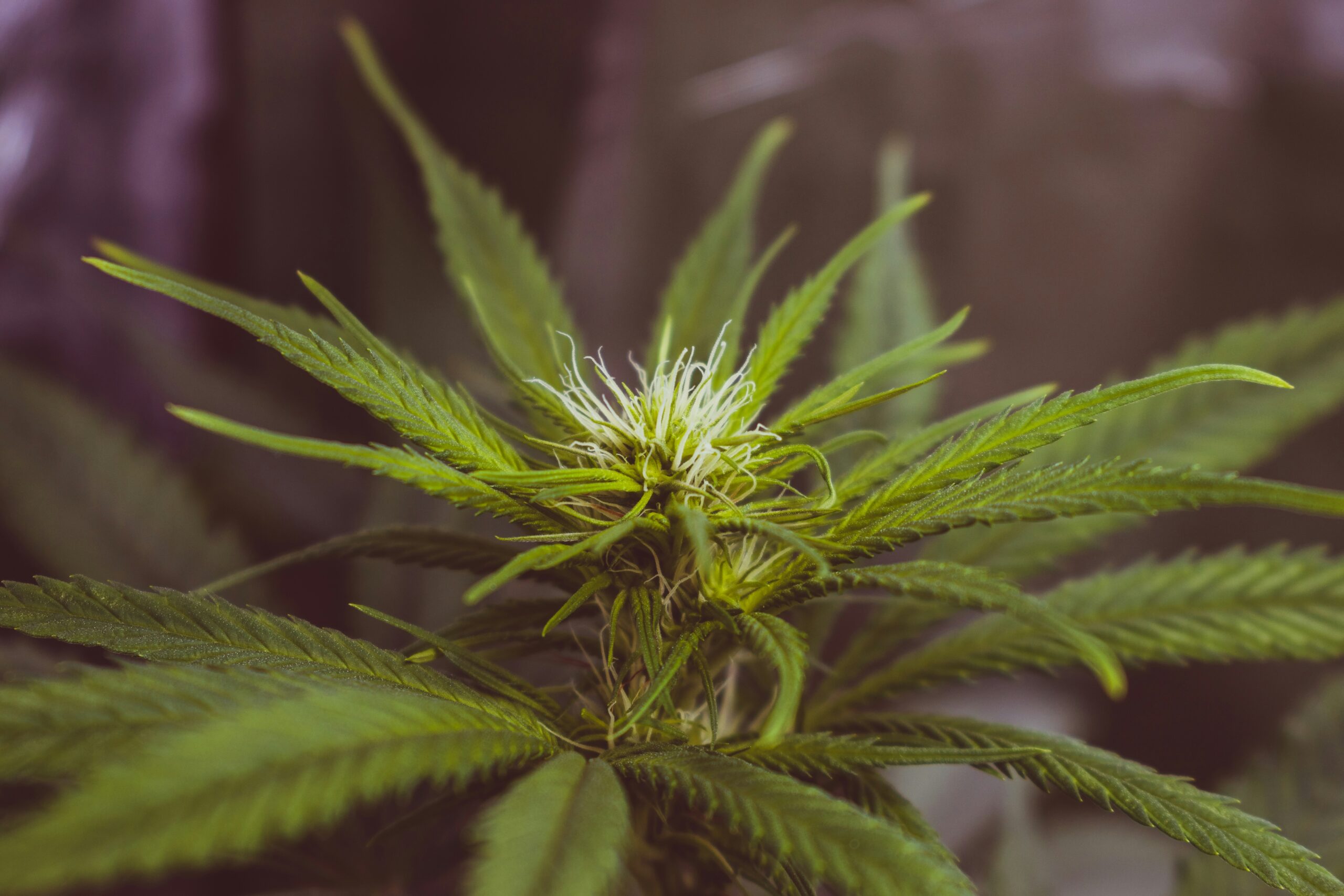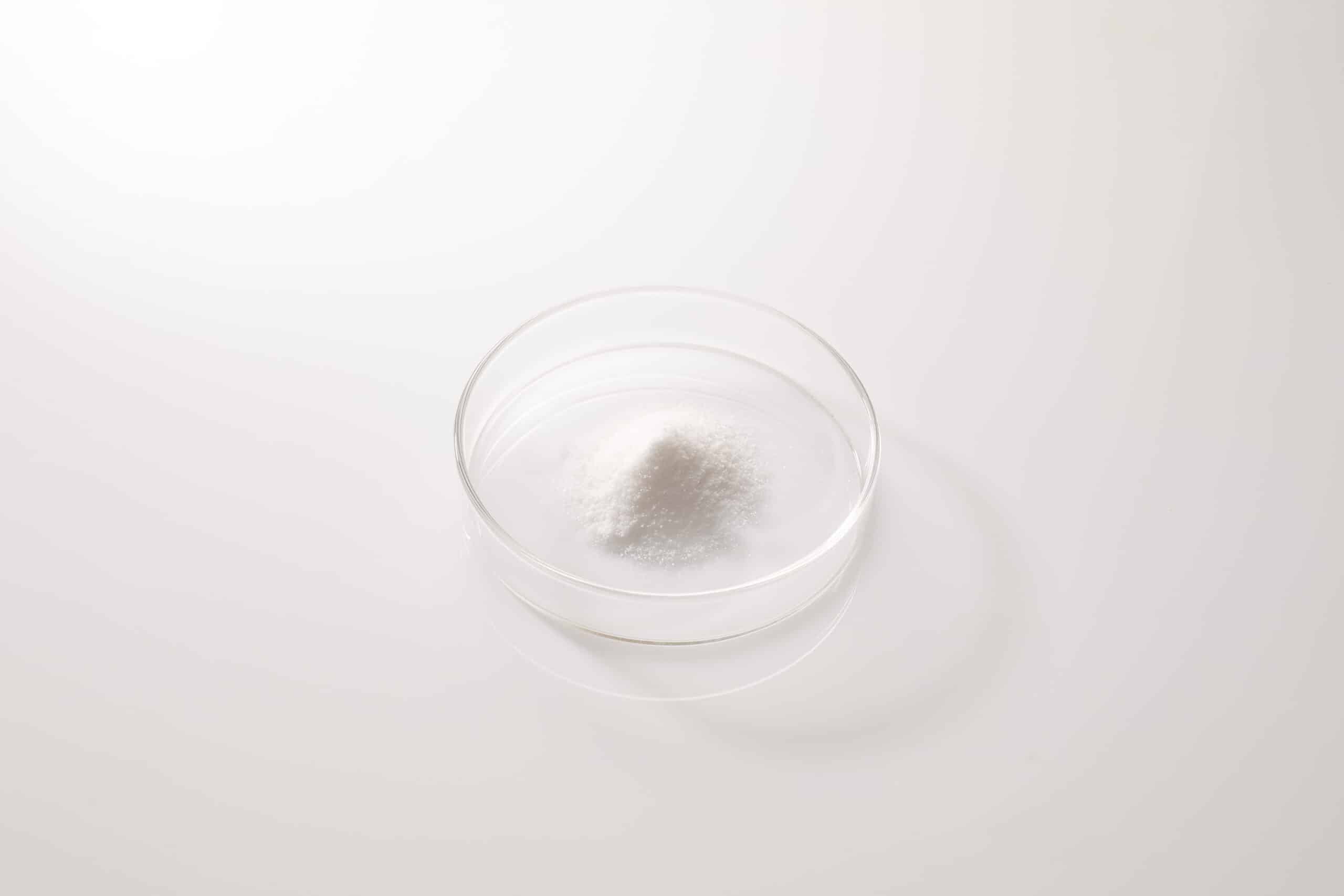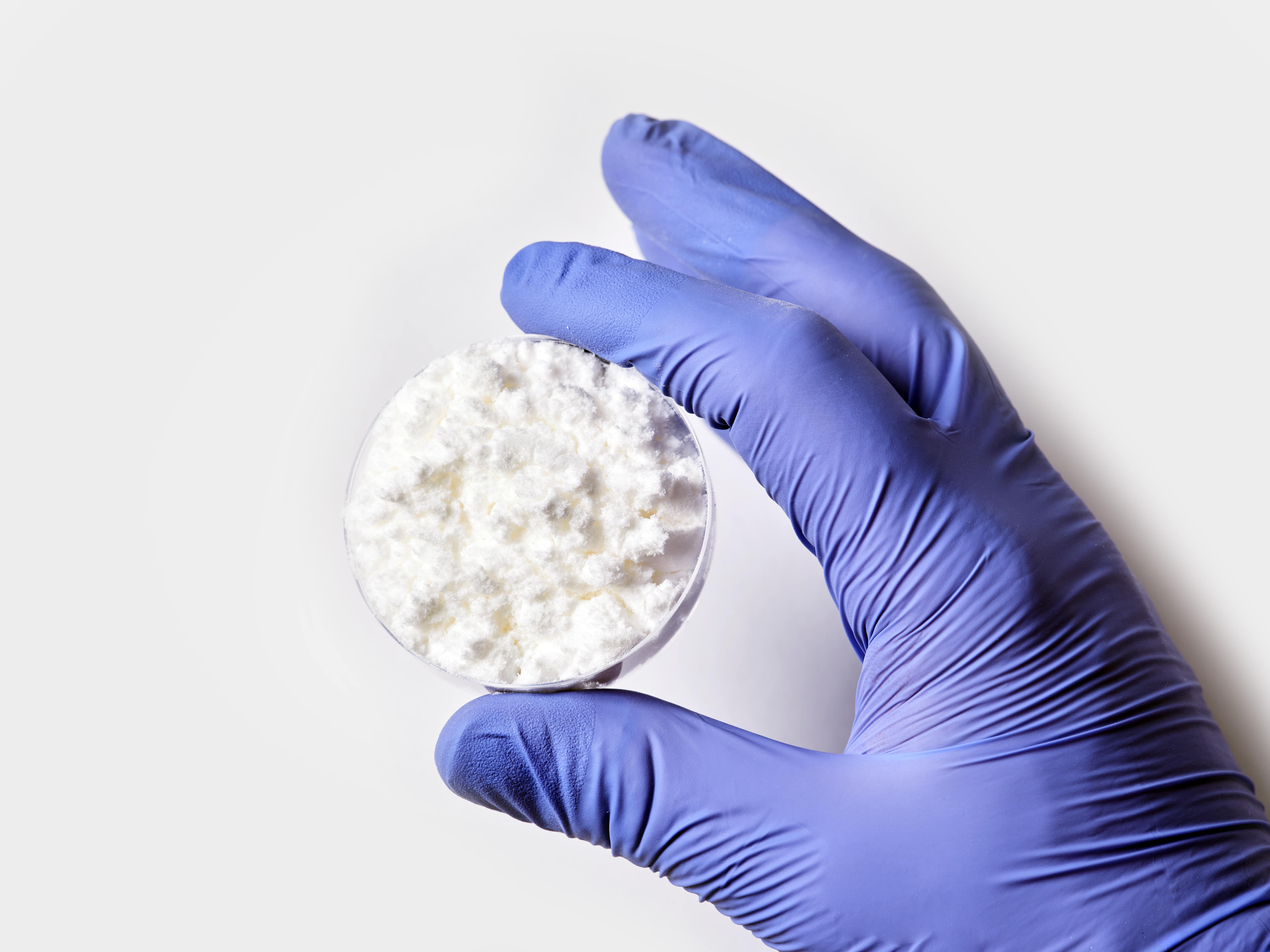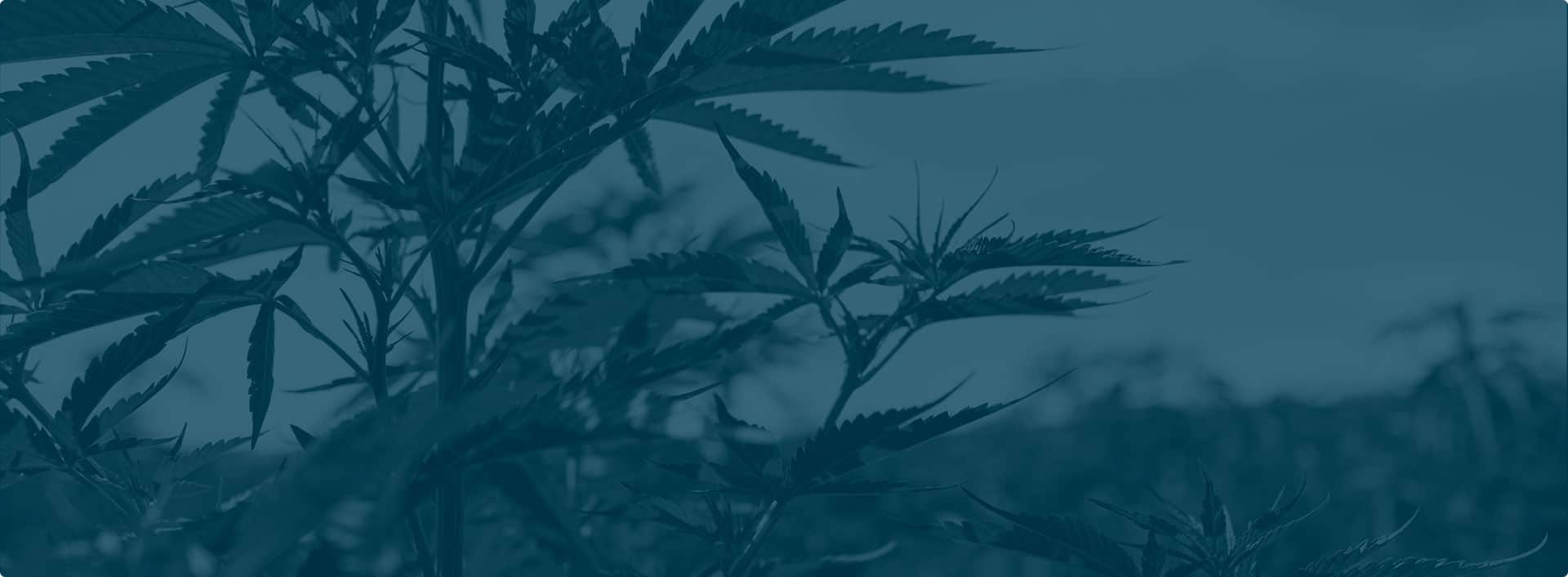Even casual students of the plant quickly recognize that cannabis is incredibly complex. It is an unusual species among plants, boasting a multitude of peculiar qualities and including a tumultuous mix of both exclusive and widespread compounds.
Nature seems to have had something different in mind with the cannabis plant, and we’re just now beginning to understand how all its different components work together. Most worthy of study are observed interactions between cannabinoids and terpenes, which are only present together in Cannabis sativa.
While we’ll sometimes pit them against each other in this guide, our ultimate goal is to articulate how perfectly terpenes and cannabinoids go together. The chemical complexities of the cannabis plant can take some time to tease apart, but the reward is a fuller understanding of what makes our favorite products so effective.
Chemical composition of cannabis flower: Overview
Let’s begin by summarizing the most important points we will cover in the article:
– Unique within the plant kingdom Cannabis sativa plays host to both terpenes and cannabinoids
– Terpenes are also found abundantly in other sources in nature
– Cannabinoids are only found in cannabis and hemp
– Terpenes and cannabinoids bear many striking similarities
– They also appear to synergize together remarkably well
– Nature seems to have designed cannabinoids and terpenes to be used together
– The best cannabinoid products feature terpenes
– There are considerable variations in quality between terpene products, though
– Understanding the interaction between cannabinoids and terpenes is the key to unlocking the mysteries of cannabis
What are cannabinoids?
Cannabinoids are unique lipid compounds only found in the Cannabis sativa plant. This claim has been disputed from time to time, and it is certainly true that certain cannabinoid mimicking (cannabimimetic) compounds are present in other members of the plant kingdom.
The exact chemical structures of cannabinoids like CBD or CBG, however, have never been found in any non-cannabis plants. These compounds are the primary reason cannabis has been such a fervent target of International research over the last century. Generally speaking, only cannabinoids in the THC family are intoxicating — all others lack notably intoxicating effects.
What do cannabinoids do?
Cannabinoids in the THC family and some others stimulate an endogenous signaling structure spread throughout the human body called the endocannabinoid system. This endocannabinoid system is primarily comprised of neural receptors dubbed CB1 and CB2.
CB1 receptors directly trigger a strong dopamine response, which is responsible for the habit forming properties of THC. Activation of this neuroreceptor also causes a profound and unique sense of intoxication that some researchers have likened to a hallucinogenic effect.
Activation of the CB2 receptor, on the other hand, mainly causes an anti-inflammatory response without any accompanying profound sense of intoxication. Many cannabinoids, in addition, do not activate either receptor, and some hinder the activation of conventional cannabinoid receptors.
CBD is an excellent example of a cannabinoid that does not have any notable activation response at CB1 or CB2 receptors. In the case of your brain’s intoxicating CB1 receptors, in fact, CBD appears to have an inhibitory function, potentially reducing the experienced effects of THC.
Are cannabinoids found in other plants?
No, cannabinoids are only found in cannabis. This is an educated judgment reached in full knowledge of the existence of cannabimimetic compounds present in certain other plants, such as flax and Boswellia serrata.
None of these compounds exactly mimic the structure of cannabinoids, so it can be truly said that Cannabis sativa is the only source of cannabinoid compounds in nature. In laboratory conditions, cannabinoids can be synthesized using non-cannabis materials, but the costs generally preclude such ventures from taking on commercial proportions.
Top 5 cannabinoids
Following are brief dossiers on the five most popular cannabinoids currently used in hemp products:
1. Cannabidiol (CBD): Renowned for its apparent anti-inflammatory and anxiety-relieving properties, CBD has become incredibly popular over the last decade, paving the way for further cannabinoids to enter the market.
2. Cannabigerol (CBG): The first cannabinoid to reach popular status after CBD was CBG, which is now being looked at for pain-relief, digestive, and antibacterial applications.
3. Cannabinol (CBN): A metabolite of THC, CBN nonetheless lacks notable intoxicating properties while seemingly helping some users get to sleep at night.
4. Cannabichromene (CBC): Researchers believe CBC may activate a critical neuroreceptor even more strongly than CBD, potentially making it a very powerful pain fighting tool.
5. Cannabidiolic acid (CBDa): The chemical precursor to CBD, CBDa may be capable of activating certain neural receptors more strongly than CBD, differentiating it from its decarboxylated form.
What are terpenes?
Terpenes are so structurally similar to cannabinoids that they must be variations on the same core design. Where cannabinoids veer away from terpenes is in their aromatic properties — while both compound classes are known for their anti-inflammatory utility, cannabinoids do not have any notable aroma.
The aroma of terpenes, though, has been their main allure throughout history. They are the scents behind essential oils and the secret ingredients of the most delicately balanced perfumes. More recently, terpenes have become just as sought-after as cannabinoids for their pinpoint-targeted therapeutic benefits.
What do terpenes do?
Before we can coherently discuss the effects of terpenes, it must first be understood that there are at least 400 different terpenes¹. Just as is the case with cannabinoids, there are considerable differences between the effects of different terpenes. There are only a few dozen cannabinoids to contend with at most, though, making it relatively simple to map out their effects.
When it comes to terpenes, there are so many different effect profiles to collate that it becomes necessary to research each terpene individually to predict its effects. Limonene, for instance, is known for its stimulating effects, but linalool does the exact opposite. The most that can be said for terpenes on the whole is that they’re nearly all known to exert anti-inflammatory effects dispersed throughout the entire body.
Are terpenes found in other plants?
Another considerable difference between cannabinoids and terpenes is their presence in other plants. While cannabinoids are entirely unique to cannabis, terpenes are spread widely throughout nature. From the aroma of lavender to the zest of orange peel, terpenes are everywhere in the plant kingdom, and they’re the cornerstones of ancient remedies and modern therapies alike.
Botanists have long been enraptured by the sheer purity in which terpenes are presented in cannabis flower. Most plants contain a few different terpenes at most, and in relatively low concentrations.
Every strain of cannabis, however, contains a swirling matrix of dozens of different cannabinoids, encapsulated in virginal perfection within the trichome oil sacs that appear along the surface of cannabis buds during the flowering cycle. Cannabis is widely known for producing some of the most fragrant flowers in the botanical world, and these richly sophisticated aromas are entirely attributable to terpenes.
In the modern hemp market, cannabis-derived terpenes are widely understood to be higher-quality than terpenes derived from other plants. When mixed expertly, however, it can be difficult to tell the difference between botanical and cannabis-derived terpenes.
Top 5 terpenes
A full list of terpenes could fill an entire book, but here are the facts on five of the most abundant terpenes found in cannabis:
1. Myrcene: Responsible for the dankness in mangoes, myrcene has a distinctly herbaceous, hoppy aroma. It’s one of the most abundant cannabinoids in almost every strain of cannabis, and it’s believed to have antioxidant properties.
2. Caryophyllene: Known for its peppery aroma, caryophyllene is the zing in black pepper and the reason cannabis sometimes smells spicy. It’s one of the only terpenes known to act as a cannabinoid by activating the CB2 receptors².
3. Limonene: Limonene is the reason citrus fruits smell citrusy. It’s believed to have energizing properties, and like other terpenes, it appears to fight oxidative stress.
4. Linalool: The soothing aroma of lavender is courtesy of linalool. Scientists believe there may be genuine merit to the terpene’s sleep-inducing properties³.
5. Pinene: Pinene is what makes pine needles smell piney. In addition to exhibiting antioxidant properties, pinene might also help open your airways.
Using terpenes and cannabinoids in products
To craft a memorable cannabinoid product, it’s often now necessary to also incorporate terpenes. Doing so isn’t a simple task of tossing the two ingredient types together slipshod, though. Combining terpenes and cannabinoids is an art, and if it is mastered, the quality of the resulting products will speak for itself.
Special considerations
– Terpenes and cannabinoids combine excellently, but not when combined willy-nilly
– It’s best to replicate the combinations of cannabinoids and terpenes found in nature
– As a result, strain-specific terpene blends are the most desirable
– You can, however, mix terpenes at your discretion if you have a good grasp of their individual properties
– Human intervention could, theoretically, boost the synergy between terpenes and cannabinoids to heights unachievable in nature
– Mixing terpenes inexpertly runs the very real chance of subverting natural synergy and reducing a product’s overall effectiveness
The entourage effect
It has become abundantly clear to the scientific community that the entourage effect is only a shadow of its full self when terpenes are removed. A recent peer-reviewed study⁴ reflects the long-held views of Dr. Ethan Russo — namely, that terpenes are just as essential to the efficacy of the entourage effect as cannabinoids.
A product should not be claimed to offer the entourage effect unless it contains terpenes. Furthermore, a product with terpenes can only fully offer the entourage effect if the terpenes it contains are well-selected and high-quality.
Terpene quality
Once they have achieved their decarboxylated forms, cannabinoids are relatively chemically stable. The same cannot be said for terpenes, which decay rapidly in efficacy when exposed to oxidative stress.
Terpenes added to cannabinoid products, therefore, must be handled with utmost care during the extraction and distillation process. Manufacturers of terpenes should be able to provide assurance that their products are undamaged and offer full efficacy.
Strain-specific benefits
Just as the benefits of cannabinoids should be viewed in synergy, not individually, terpenes also appear to offer enhanced synergistic benefits when they are kept organized in certain ratios. When in doubt, keep terpenes in strain-specific ratios. You’ll at least be able to replicate the effects of a specific target strain that way.
Terpenes & cannabinoids: Synergy, not competition
Terpenes and cannabinoids are very different. But, just as can be the case in differences between people, it is these very differences that provide both types of compounds with their vast strength.
On its own, a cannabinoid (or even multiple cannabinoids) cannot achieve the full scope of the promised therapeutic power of cannabis. The same goes for terpenes, which lack pure power without cannabinoids. Combined together correctly within their own camps and then melded into one cohesive unit, however, the vast diversity of benefits between cannabinoids and terpenes achieves an indomitable strength.
Sources
1. Cannabis 101: What’s the Deal with Terpenes? (2021, May 20). Healthline. https://www.healthline.com/health/cannabis-terpenes
2. Aly, E., Khajah, M. A., & Masocha, W. (2019). β-Caryophyllene, a CB2-Receptor-Selective Phytocannabinoid, Suppresses Mechanical Allodynia in a Mouse Model of Antiretroviral-Induced Neuropathic Pain. Molecules, 25(1), 106. https://doi.org/10.3390/molecules25010106
3. Xu, L., Li, X., Zhang, Y., Ding, M., Sun, B., Su, G., & Zhao, Y. (2021). The effects of linalool acupoint application therapy on sleep regulation. RSC Advances, 11(11), 5896–5902. https://doi.org/10.1039/d0ra09751a
4. Ferber, S. G., Namdar, D., Hen-Shoval, D., Eger, G., Koltai, H., Shoval, G., Shbiro, L., & Weller, A. (2020). The “Entourage Effect”: Terpenes Coupled with Cannabinoids for the Treatment of Mood Disorders and Anxiety Disorders. Current Neuropharmacology, 18(2), 87–96. https://doi.org/10.2174/1570159×17666190903103923


